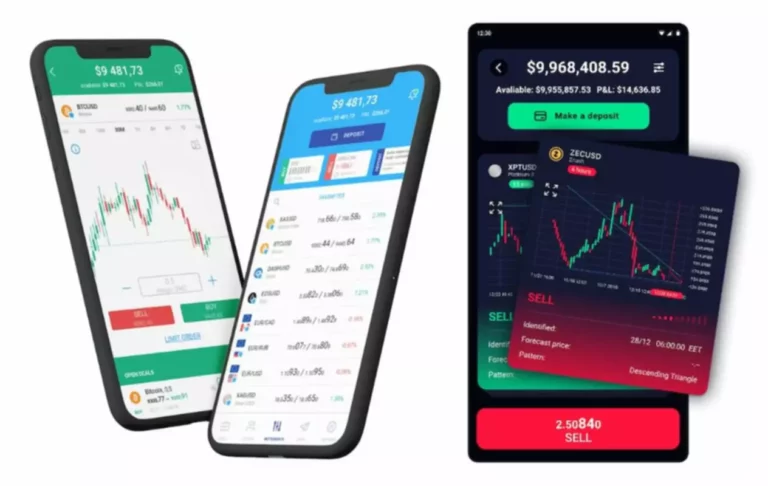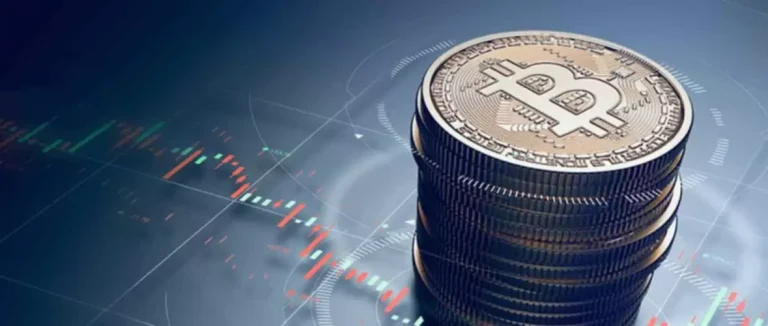FinTech
What is Automated trading Automated Trading Systems? blog
Content
These platforms, offered by MetaQuotes, are widely used by forex traders and support the development of custom indicators and automated trading strategies. Moreover, the details of the rules Proof of space may vary as infinitely as the individual investor’s preferences. Some depend on strategies like picking market tops, whereas others prefer following investing trends.

Build your skills with a risk-free demo account.
The same operation can be replicated for stocks vs. futures instruments as price differentials do exist from time to time. Implementing an algorithm to identify such price differentials and placing the orders efficiently allows profitable opportunities. Remember, automated trading is not a guaranteed road to profits, and it requires careful planning, strategy development, fast trading platform and continuous monitoring. It is important to thoroughly research and test automated trading systems, choosing those that align with your trading goals and risk tolerance. Another distinguishing factor of automated trading is its ability to remove human emotions from the trading process. Emotions such as fear and greed can often cloud judgment and lead to irrational trading decisions.
Apple M1 Chip vs Intel: The Two Powerful Processors Compared
Automating a strategy requires in-depth knowledge of the strategy and makes testing it strategy very easy. If a simple strategy can be programmed, seeing how that program performed recently may provide insights into how it will perform in the https://www.xcritical.com/ future. EAs can monitor more markets for trading opportunities than humans can, and can react quicker when trade signals occur. Automated investing provides efficiency, consistency, and the opportunity for diversification.
Automated systems for retail traders

Once the automated system is completed, investors can take a slightly more hands-off approach, as the computer will complete the majority of the work. Volume-weighted average price strategy breaks up a large order and releases dynamically determined smaller chunks of the order to the market using stock-specific historical volume profiles. The aim is to execute the order close to the volume-weighted average price (VWAP).
Traders can test these rules on historical data to determine the risks before actually putting their money in live trading. This helps them evaluate and fine-tune their trading strategies as well as determine the average amount a trader can lose or win per unit of risk. The aim is to execute trades faster and more efficiently and to take advantage of specific, technical market events.
Although appealing for a variety of reasons, automated trading systems should not be considered a substitute for carefully executed trading. Technology failures can happen, and as such, these systems do require monitoring. Server-based platforms may provide a solution for traders wishing to minimize the risks of mechanical failures. Remember, you should have some trading experience and knowledge before you decide to use automated trading systems. Traders do have the option to run their automated trading systems through a server-based trading platform.
While this method offers greater flexibility and can be extremely rewarding, it requires more effort from the user. Though not specific to automated trading systems, traders who employ backtesting techniques can create systems that look great on paper and perform terribly in a live market. Over-optimization refers to excessive curve-fitting that produces a trading plan unreliable in live trading.
While automation can improve efficiency, it can also increase risk if not implemented and monitored properly. It is always recommended to backtest and forward-test the strategy before deploying it in live markets. Automated trading can be used to trade currency pairs in the foreign exchange market, using strategies such as trend following, breakout trading, and scalping. A rule may be set to buy a stock when its 50-day moving average crosses above its 200-day moving average. It is worth noting that the best trading platform for you will depend on your specific needs and requirements.
Just like anything else in the trading world, there is, unfortunately, no perfect investment strategy that will guarantee success. Statistical arbitrage involves using statistical models that automatically execute trades based on temporary deviations in the historical price relationship of two or more correlated assets. Execution algorithms include VWAP (Volume Weighted Average Price) and TWAP (Time Weighted Average Price), which are designed to carry out large orders with minimal market impact. They achieve this by breaking down large trades into smaller ones, executed periodically to reduce costs like slippage and achieve the best price possible. Algorithmic trading, often referred to as ‘algo trading’, uses computer algorithms to automatically execute positions. It’s used in an attempt to implement trading strategies more efficiently and accurately than manual methods.
Automated trading offers a range of benefits, from increased speed and efficiency to removing emotional bias from trading decisions. However, it also comes with challenges, such as technical failures and the potential for over-optimization. By starting with a simple strategy, backtesting thoroughly, and monitoring your system, you can successfully navigate the world of automated trading. Before deploying your algorithm in live markets, make sure to backtest it against several years of historical data. Backtesting helps identify potential flaws in the strategy and gives you a sense of how it might perform in different market conditions.
This is because of the potential for technology failures, such as connectivity issues, power losses, or computer crashes due to system quirks. It is possible for an automated trading system to experience anomalies that could result in errant orders, missing orders, or duplicate orders. If the system is monitored, these events can be identified and resolved quickly. Because trade rules are established and trade execution is performed automatically, discipline is preserved even in volatile markets.

In the hands of the trader, Algobot provides the edge required, is available at a lower price than existing platforms, and is highly reliable as well. They are systems that execute trades automatically based on algorithms, minimising manual effort while maximising efficiency. Many traders fall into the trap of over-optimising their strategies for historical data. Algobot provides pre-tested templates that perform well in live markets, ensuring reliability.
- Always remember that the automated trading system is a tool that should assist and complement your trading activities.
- The trader will be left with an open position making the arbitrage strategy worthless.
- Automated trading has revolutionized the way traders participate in financial markets, offering speed, efficiency, and objectivity.
- DCA functions by allocating a set amount of capital for purchases of a chosen asset on a regular schedule (e.g., weekly, bi-weekly, monthly).
- From DCA and TWAP to Grid Trading and Funding Arbitrage Bots, each tool offers unique ways to manage risk, optimise execution, and take advantage of market fluctuations.
With automated trading, you’ll be speculating on the rise or fall of the underlying market price using either spread bets or CFD trades. With automated trading, you’ll be taking a position on the rise or fall of the underlying market price using CFD trades. The past two decades have seen a massive growth in its adoption due to technological enhancements. Automated trading systems now offer high-speed trading and efficient use of market data to its return-seeking users. We offer a variety of automated trading systems for you to use, including ProRealTime, MetaTrader4 and APIs.


